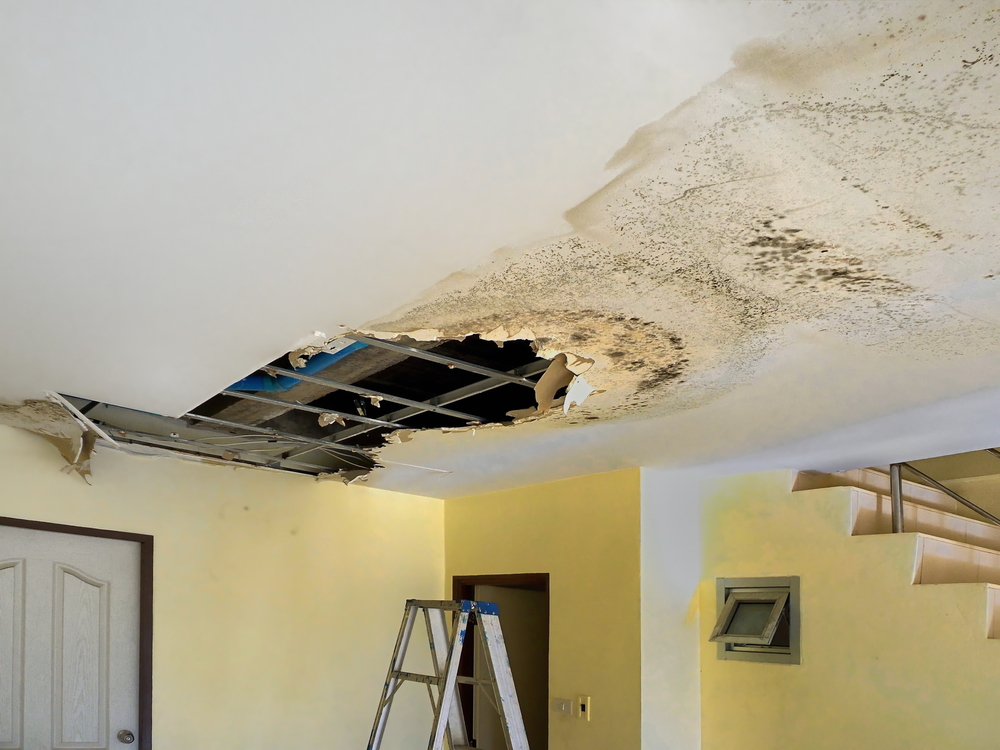Guide To Water Leak Detection At Home
Guide To Water Leak Detection At Home
Blog Article
Every person may have their personal perception when it comes to Locating water leaks.

Early discovery of dripping water lines can alleviate a prospective catastrophe. Some small water leakages may not be noticeable.
1. Check Out the Water Meter
Examining it is a guaranteed method that assists you find leaks. If it moves, that shows a fast-moving leakage. This suggests you may have a slow-moving leakage that can even be below ground.
2. Check Water Consumption
Evaluate your water bills as well as track your water usage. As the one paying it, you should discover if there are any type of discrepancies. If you spot sudden changes, in spite of your intake coinciding, it implies that you have leakages in your plumbing system. Bear in mind, your water bill should fall under the exact same variety on a monthly basis. A sudden spike in your bill indicates a fast-moving leak.
A consistent rise every month, even with the very same habits, shows you have a slow leak that's additionally gradually rising. Call a plumber to thoroughly examine your home, especially if you really feel a warm location on your floor with piping beneath.
3. Do a Food Coloring Examination
When it comes to water consumption, 30% comes from toilets. If the shade somehow infiltrates your bowl throughout that time without flushing, there's a leakage between the storage tank and also dish.
4. Asses Exterior Lines
Do not fail to remember to inspect your outdoor water lines as well. Examination faucets by affixing a yard tube. Should water permeate out of the link, you have a loose rubber gasket. Replace this and guarantee all links are limited. If you have actually obtained a sprinkler system, it will certainly aid get it professionally examined and also preserved yearly. One tiny leak can squander lots of water and also increase your water bill.
5. Analyze the circumstance as well as inspect
Home owners must make it a habit to inspect under the sink counters as well as also inside cupboards for any kind of bad odor or mold growth. These two red flags show a leakage so punctual focus is required. Doing regular examinations, even bi-annually, can conserve you from a major problem.
Examine for discolorations and also weakening as the majority of appliances and pipes have a life expectations. If you suspect dripping water lines in your plumbing system, do not wait for it to escalate.
Early discovery of dripping water lines can minimize a potential catastrophe. Some little water leaks may not be visible. Checking it is a proven way that assists you uncover leakages. One tiny leakage can squander heaps of water and also increase your water bill.
If you believe dripping water lines in your plumbing system, do not wait for it to escalate.
How to Know If Your Home Has a Hidden Leak
Water Meter Reveals Inexplicable Water Usage
If you’d like to test whether or not there’s a leak somewhere in your home, you can do this using your water meter. Here is how to conduct the test:
Don’t use any water in your home for at least 30 minutes; this also means not turning on faucets or water-using appliances.
Go outside, and check your water meter for activity.
If your water meter shows that there was activity, even though no one was using any water, this proves that there is a leak in your home.Visible Mold or Mildew Growth
Leaks behind walls create moist, dark environments that allow mold and mildew to grow and thrive. Eventually, you might see mold growth forming on the wall closest to a hidden leak.
If mold is growing in an area that receives a high amount of moisture, such as a bathroom, it may simply be an indication that better ventilation is needed. However, if you see mold growth on a wall or the ceiling in an area where you would not expect, you probably have a hidden leak.
Musty, Mildew Odor
Sometimes you might not be able to see the mold or mildew that is growing as a result of a leak. However, the smell can give the problem away just as easily. If you catch a whiff of something musty, there’s a good chance that old water is collecting somewhere in your home that you can’t see.
Stained/Warped Walls, Ceilings, or Floors
When your home soaks up water, a variety of red flags can become visible, including ceiling stains, bubbling drywall, warped walls, and sagging floors. While these issues can be caused by excess humidity, they can also be signs that a pipe or plumbing connection has started leaking behind your walls.
Inexplicably High Water Bill
After a while, you get a general sense for what your water bill should be. If you own a pool or sprinkler system, your bill will tend to be higher during summer. However, if you receive a water bill that seems especially high, and you can’t figure out what caused it, then you may have a hidden leak somewhere that’s increasing your bill.
https://www.plumbingjoint.com/blog/2019/july/how-to-know-if-your-home-has-a-hidden-leak/

Hopefully you enjoyed our section about Detecting hidden plumbing leaks. Thank you so much for taking the time to read our short article. Kindly set aside a second to promote this content if you liked it. Thanks a bunch for your time. Please check our site back soon.
Report this page